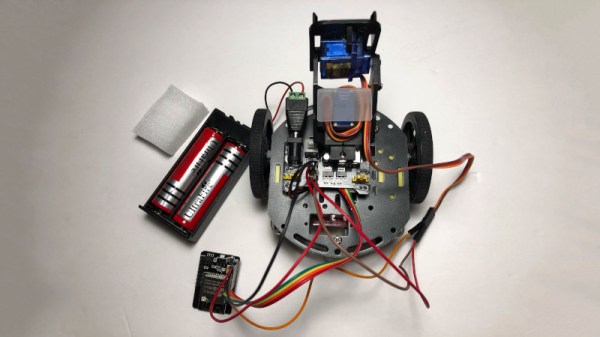With every website these days demanding the creation of an account, it can become difficult to remember so many logins. Each password should ideally be unique, lest a leak from your fantasy football game cost you thousands in stolen bitcoins. To help, [vcch] developed a password vault, using an interesting off-the-shelf platform.
The platform in question is the M5stickC, which packs an ESP32, color LCD, and battery into an attractive orange enclosure. It’s even got USB-C, making it a tool with an eye on the future. It serves as a quick way to get a basic IOT project up and running, without having to fuss about designing your own enclosure or basic power supply hardware.
On this platform, [vcch] created a tool to make keeping track of passwords easy. The PassStrong, as it’s called, can store a huge number of passwords, and communicates with the host PC over Bluetooth. The interface makes good use of the LCD, displaying the current mode and function of each button on the device for the user. It’s capable of working in both QWERTY and AZERTY environments, which should appeal to European users.
The M5StickC is a perfect choice in this regard, packing enough buttons and the required Bluetooth hardware to get the job done. No need to spend any time integrating modules – simply open the box and get to coding. We expect to see more developments in this space in future, and look forward to the efficiency gains this will bring to all kinds of projects!


















